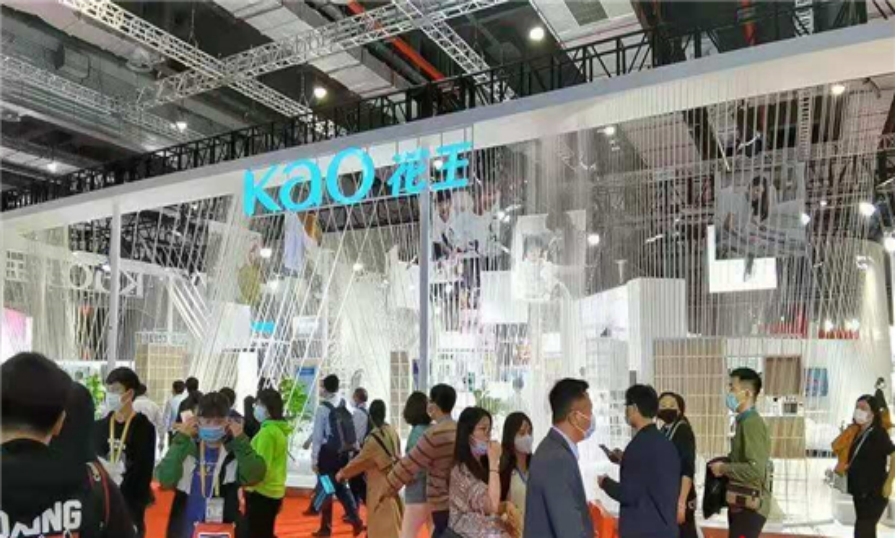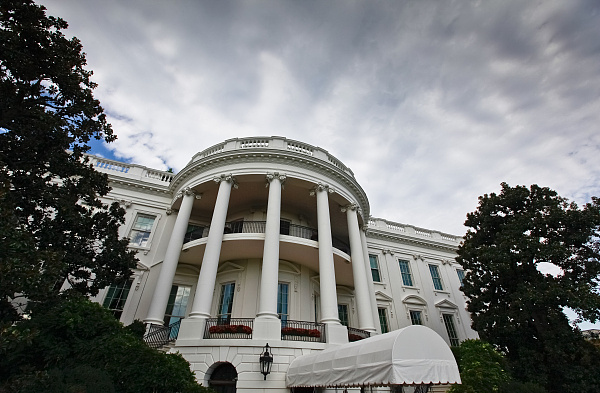
In today's increasingly fierce global competition, major enterprises are seeking to expand their business in overseas markets to enhance their global competitiveness. Recently, Kao Group announced an important decision: it plans to add 3 sunscreen production bases overseas before 2027, which is undoubtedly a strong response to the global market share of European and American companies. However, from a business perspective, behind this strategic decision of Kao, there are many challenges and risks.
As a Japanese company with a prominent position in the shampoo and cosmetics sector, Kao has long held a foothold in the global market. However, in the sunscreen segment, Kao has not been as dominant as it has been in the shampoo segment. The uniqueness of the sunscreen market lies in the complexity of national regulations on sunscreen ingredients, and no one company can occupy an absolute leading position on a global scale. Because of this, Kao sees an opportunity to fight back, hoping to achieve local production and sales of sunscreen products by adding overseas production bases, so as to occupy a larger share of the global market.
However, Kao's strategic decision is not without challenges. First, in terms of location, Kao chose Indonesia, Germany and Brazil as the countries where the new production base will be set up. Although these three countries have their own characteristics, there are also problems that cannot be ignored. In Indonesia, sunscreen products must be halal certified from October 2026. This meant that Kao needed to adjust the production process in a short period of time to meet the requirements of halal certification. At the same time, Indonesia as a Southeast Asian country, although its market demand is strong, but the market competition is also fierce. How Kao stands out in the fierce market competition will be a big challenge.
In the German market, Kao has been relying on imported products to meet local demand. However, with the EU's increasingly strict regulatory policy on cosmetics, the cost of imported products is also rising. Therefore, Kao chose to set up a local production base in order to reduce production costs and meet EU regulatory requirements. However, as one of the most economically developed countries in Europe, Germany has relatively high labor costs and environmental protection requirements. How to reduce production cost while ensuring product quality is an urgent problem for Kao.
In the Brazilian market, Kao plans to reduce tariff costs by commissioning production to local companies. However, there are also risks. On the one hand, the production technology and quality standards of local enterprises may not meet the requirements of Kao; On the other hand, the preference of consumers in the Brazilian market for local brands may also adversely affect the sales of Kao products. Therefore, Kao needs to consider carefully when choosing partners to ensure the dual guarantee of product quality and market share.
In addition to the location problem, Kao also needs to face the challenge of supply chain management in the process of establishing overseas production bases. With the increase of production bases, Kao needs to establish a complete supply chain management system to ensure the smooth connection of raw material procurement, production and processing, logistics and distribution among various production bases. At the same time, Kao also needs to consider how to achieve collaborative optimization of the supply chain on a global scale to reduce overall operating costs and improve operational efficiency.
In addition, Kao also needs to face strong pressure from European and American companies in the competition in the sunscreen market. European and American companies have extensive sales channels and brand influence in the global market, which makes Kao need to make more efforts when expanding overseas markets. At the same time, European and American companies are also in a leading position in the research and development and innovation of sunscreen products, and how Kao can achieve technological breakthroughs and surpass competitors will be a long-term challenge.
From a market perspective, although the growth potential of the sunscreen market is huge, there are also uncertainties. On the one hand, with the deepening of consumer awareness of the impact of ultraviolet light on the skin and the improvement of beauty awareness, the demand for sunscreen products is growing; On the other hand, the regulations of sunscreen ingredients in various countries are also constantly changing and adjusting, which makes Kao need to constantly adapt to new market environments and adjust product strategies. At the same time, the competition in the sunscreen market is also increasing, and how Kao can maintain its leading position in the fierce market competition and continue to expand its market share will be a long-term test.
It is worth noting that in the process of establishing overseas production bases, Kao also needs to consider the impact of cultural differences on corporate management. Different countries and regions have different cultural backgrounds, values and management methods, which makes Kao need to make more efforts in cross-cultural management. How to build a management team with cross-cultural communication ability and ensure the inheritance and development of corporate culture will be an important topic.
To sum up, Kao's strategic decision to set up an overseas sunscreen factory is challenging but also full of opportunities. However, in today's increasingly fierce global competition, Kao needs to carefully evaluate various risks and formulate corresponding coping strategies to ensure the smooth realization of strategic objectives. At the same time, Kao also needs continuous innovation and breakthroughs to maintain a leading position in the global market and continue to expand market share. Only in this way can Kao be invincible in the fierce global competition and achieve sustainable development.

Below is the English translation of the text, with precise handling of political terms, consistent sentence structures, and preservation of the original’s analytical tone and logical flow:
Below is the English translation of the text, with precise …
On December 15 local time, Trump took the British Broadcast…
In recent years, the application of artificial intelligence…
According to Yahoo US media reports, the recent remarks of …
After 11 years of waiting in the deep sea, we finally have …
On December 17, 2025, the newly renovated American "Preside…